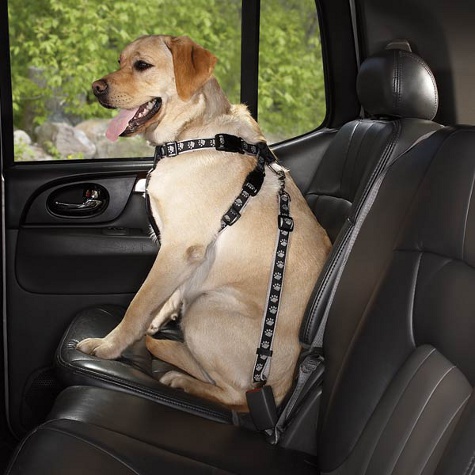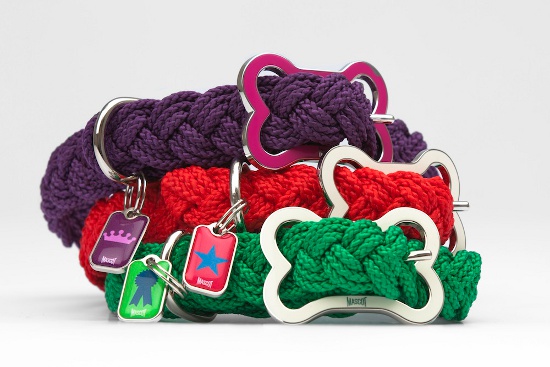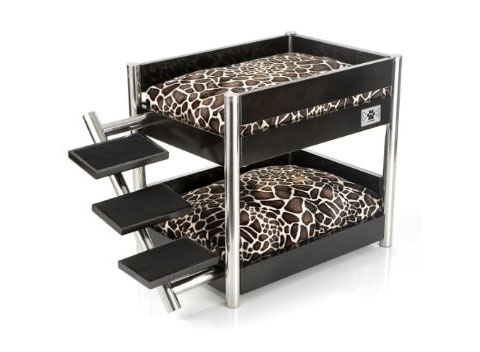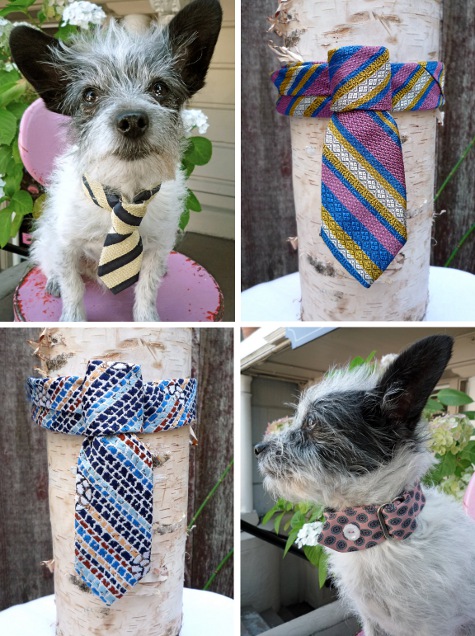 |
| source |
How many of us put a seat belt on our dogs? Let’s be honest. Isn’t it common practice for the majority of people to just let their faithful friend hop up into the vehicle and come along for the ride? While a quick trip in the car might be harmless fun the reality is that inertia applies to any moving object, whether they have fur or not.
The reason we humans are legally required to where seat belts is to ensure our safety (I know, I know, you’re thinking, duh, right?) Hold onto that thought and let’s kick back to our high-school science days to examine the basic principle of motion behind that human law: a vehicle is moving at a certain speed, therefore the objects within that vehicle are also moving at that same speed. Should the vehicle stop suddenly and become stationary the unsecured objects within it will still keep moving and either crash through the windshield or smack into the back seats etc. The result? Injury. We wear seat belts to stop ourselves from moving should the vehicle be forced to slam on the brakes — or worse, should it get into a serious accident and roll.
So why aren’t more people buckling up their pets? Car accidents are a common phenomenon, something we all hear about almost daily. If your dog travels with you on a regular basis wouldn’t you want to do all that you can to make sure they are safe? Ruff Rider makes a superb canine seat-belt that is easy to put on, durable and vet-approved. In fact the pet marketplace has several options for owners to choose from, most of which are relatively inexpensive.
If a small child can easily be thrown from a moving vehicle when sitting in the front seat without a seat belt, think about what could potentially happen to your dog. Today’s post isn’t meant to scare you and it isn’t meant to preach. It is just a little food for thought, especially as we all start to prepare our vehicles for the bad weather of winter and consider other road safety precautions like appropriate tires.



